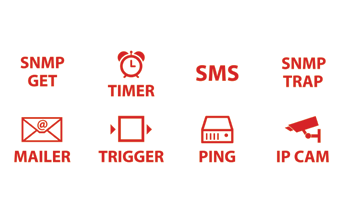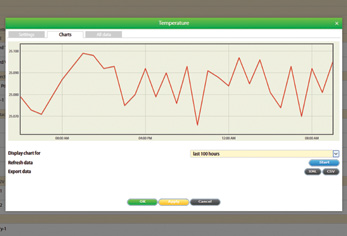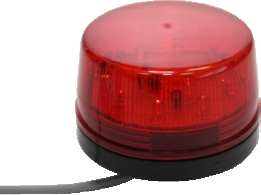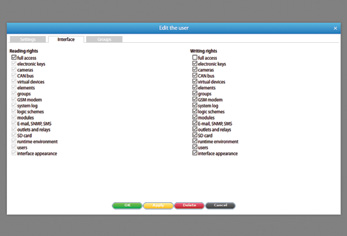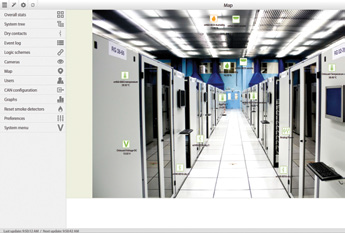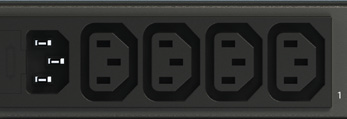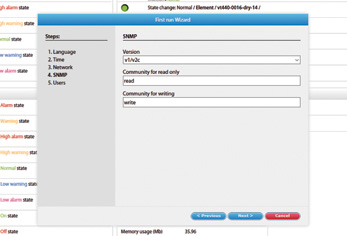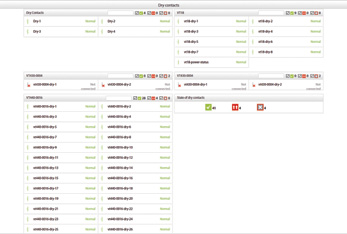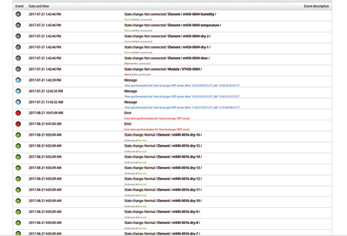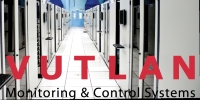
Environmental Monitoring Systems

Embedded Web Interface
Our web interface is flexible enough to empower you with you with all the tools you need to monitor and control your mission critical facility. It is embedded in each remote monitoring unit and can be accessed with IP address inside your browser.
Configurable Logic Sceheme |
Virtual Sensors & Elements
|
Sensor Graphing |
Multi Language Support
Our web interface is available in English, Russian, German, Turkhish, French, Italian, Spanish, Czech, Polish and Korean. If you require another language, it is easy to make a translation using *.json translation file |
Advenced Notifications & Alarms
7 notification technologies: Send Email, SMS, Syslog, Event log, SNMP Trap, SNMP Get, sound and light an alarm beacon or a strobe light. Alerts bases on thresholds (warning, alert, normal). Multiple condition alerts. Escalation alerts (extra notifications every x min during downtime). Dependencies (avoid alarm floods). Alert Scheduling (based on time of the day). |
User Access and Permitions
Using "view" and "write" rights, user access can be restricted to the subsystems of the device using groups of access permission. User access can also be restricted to a specific group of sensors, which is defined by the administrator. This allows to define users for view or control of specified subsystems, allowing clients or employees to be in charge of monitoring their own equipment or part of a facility. |
Up to 4 IP Cameras
Every monitoring unit can display pictures from a maximum of four IP cameras simultaneously in several sizes, up to 640x480 pixels resolution. |
Map
9 virtual elements: Group (for structural organization of elements), E-mail (message), SNMP trap (message), SMS (message), Timer (for planning of events), Trigger (for connecting two logic schemes), PING (probing), SNMP Get (request to query for information), IP Cam (surveilance). |
Outlet Management
Interface has a separate panel for managinig the status of latching relays/outlets. Three level access to an appropriate group of outlets. |
First run wizard
Interface has a "first run wizard" which allows to configure language, time, network, SNMP |
Dry Contacts Panel
Interface has a separate panel for managinig dry contacts.It also allows to create the logic for an arbitrary group of contacts. |
Event Log
Logic schemes are used to specify automatic actions to events that occur in the system.Logic schemes represent a set of conditions "IF" and a set of actions that are executed "THEN". |


